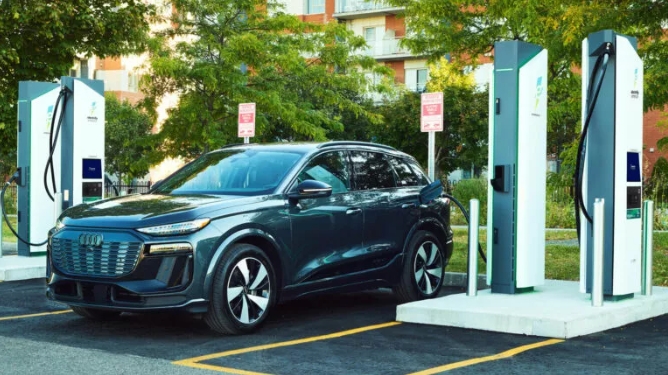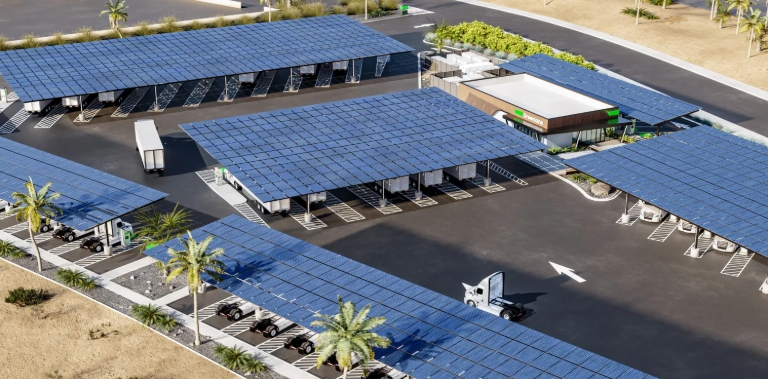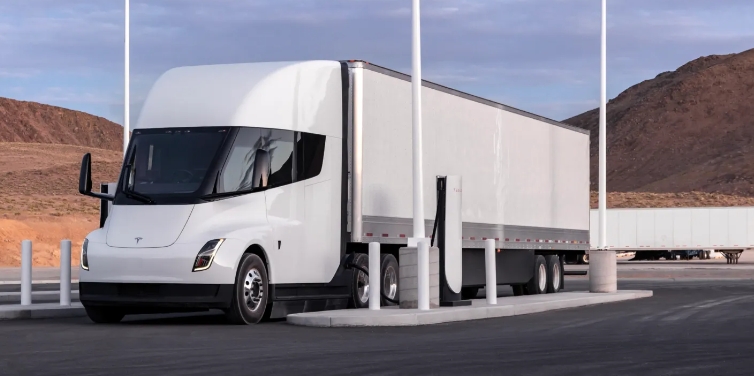The plant, which runs on water from Lake Oroville, supplies 1,000 megawatts of power to California’s grid. Through reduced rainfall and dry conditions, the lake has seen its water levels fall steadily since May—they now sit around 15 percent lower than they were this time last year, and 25 percent below July, 2019 levels.
Currently at 665 feet, the reservoir must fall an additional 35 to 45 feet before it can no longer power the Hyatt plant. For a state that’s already increasing its energy use to withstand extreme weather, this would not be good.
“Based on our May projections, we really didn't have 1,000 megawatts to lose,” Lindsay Buckley, director of communications and external affairs for the California Energy Commission, the state’s primary energy planning agency, told E&E News. “The climate impacts are coming at us hard and fast. We need all hands on deck, and that includes everyday Californians and just helping to conserve during these times.”The amount of energy that California’s grid would lose if Edward Hyatt goes offline is only a sliver of its total peak demand (44,000 MW), but the state has been increasing its reliance on fossil fuels to make up for any lost power as the grid faces strain. Last week, Gov. Gavin Newsom lifted environmental restrictions on natural gas-fired power plants in a move to expand the state’s energy capacity. In the same executive order, he called on Californians to reduce their energy use from peak hours (4 to 9 p.m.) to lower the risk of rolling blackouts.
Mohit Chhabra, senior scientist in the Natural Resources Defense Council’s Climate and Clean Energy Program, notes that the state’s grid should be able to handle a possible shutdown at the Hyatt plant. But withstanding future climate disasters will require a resilient grid, one that customers can depend upon without sacrificing their energy use.







